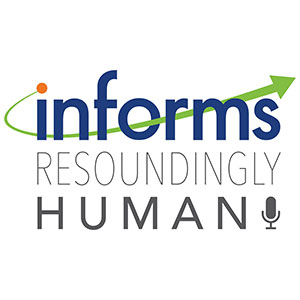
PERSPECTIVE: Making Sense of TSA’s Higher Firearm Detection Rate
The Transportation Security Administration (TSA) reported that between March 22 and April 22 of 2020, 58 firearms were seized in passenger carry-on baggage. This compares to 346 firearms during the same period last year. When the TSA started crunching the numbers, they found that 1.24 firearms were detected per 100,000 passenger screenings this year, compared to 0.46 firearms detected per 100,000 passenger screenings in 2019. Is this a moment for celebration, or a cause for concern? The TSA has so far offered no explanation.














